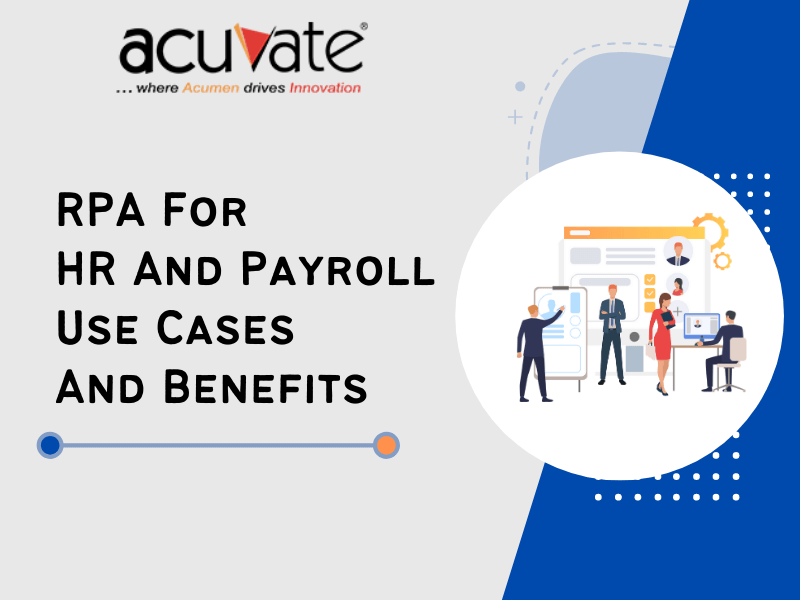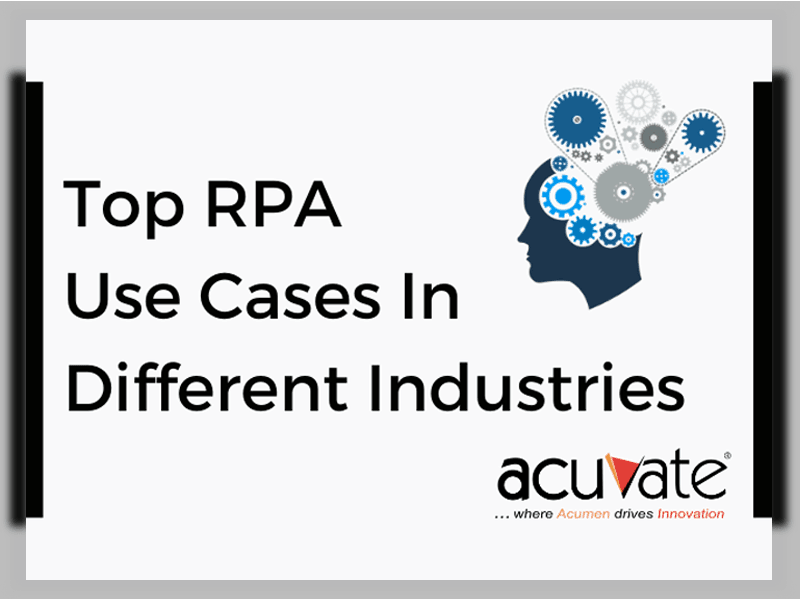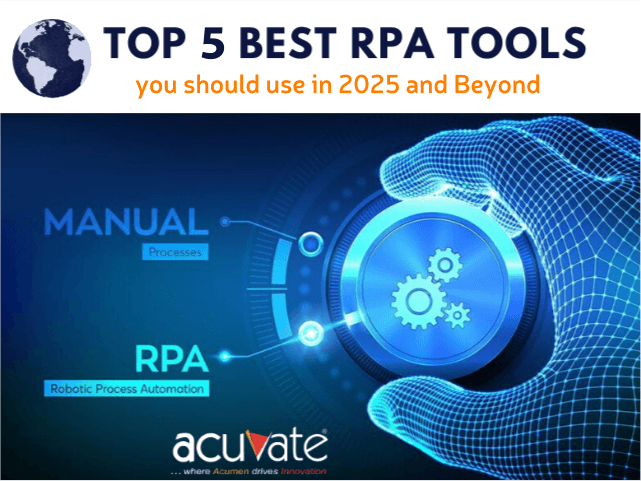As automation pervades into various business functions, human resource departments across industries however, are yet to witness a full-scale impact of automation. Activities in HR are painstakingly manual and repetitive — right from hiring an employee, maintaining day-to-day records to offboarding. Although necessary, these tasks consume a large portion of the HR teams’ time, leaving them incapacitated to handle more critical tasks like talent management, performance optimization, culture, workplace design and training which are high value tasks important for employee retention and productivity.
According to Gallup, the veteran management consulting company, 87% of employees worldwide are not engaged effectively and disengaged employees cost companies $450 billion to $550 billion per year in lost productivity. The study also found that companies with highly engaged workforces outperform their peers by 147% in earnings per share. Evidently, the efforts of the HR must be directed to the organisation’s workforce than being spared on less value adding repetitive tasks.
Robotic Process Automation is now quickly gaining ground in the HR function, and is used to perform various repetitive and back-office tasks. RPA employs artificial intelligence and machine learning to automate repetitive tasks based on rules, especially in areas that involve control and review of large amounts of data. By implementing RPA for the HR function, you can:
- Reduce repetitive tasks that most employees are unwilling to take up and improve job satisfaction.
- Enhance employee experience
- Recruit better talent and retain them.
- Allow HR teams take up strategic roles that improve business performance.
Application Of RPA In HR Operations
1. Recruitment
RPA when leveraged for recruitment can greatly reduce processing time, increase recruiting accuracy and reduce bias. Some popular and highly repetitive recruitment tasks that can be automated with RPA are:
- Candidate and resume screening
- Sourcing, screening and organizing candidate information and storing it in the ATS system
- Shortlisting candidates
- Auto reply emails to candidates
- Background verification – bots can collate information from multiple sources, verify details and prepare a report.
2. Employee Data Management
HR department faces a constant influx of data on prospective, existing and past employees from various company locations and branches. This data often needs to be updated due to movement of employees or even changes in personal credentials. RPA can now smoothen employee data management by automating the process of reading, copying and syncing the information to the database.
By automating the process of data entry, risk of incorrect data can be minimized. RPA can also perform data cleansing and ensure data compatibility across multiple databases.
3. Training
RPA has a significant role in improving the learning and development function. As a part of the organization’s training program, newly joined and existing employees receive mails by the HR regularly, which keeps them apprised of their current training status and the necessary courses to be completed.
An RPA-driven system can automatically compare an employee characteristics with the organizational certification requirements and schedule notifications. It can also access the employee’s calendar and block time slots as per training needs.
4. Performance Management
A large chunk of performance management tasks involve gathering data on several performance indicators, surveys and generating reports based on these data. A substantial amount of time is spent to gather data and create dashboards. RPA bots can now do the heavy lifting by automating report generation, data capturing, data cleaning and periodically updating reports. It can also deliver performance reports to employees and managers and schedule interviews to conduct performance evaluation.
5. Travel and Expense Management
Some common challenges with manually managing travel and expense processes include: Missing receipts, late submissions, lack of visibility and transparency into the reason for spend, erroneous spreadsheets. All these result in non-compliance, mis management and late payments.
RPA can be used to track individual expenses and compare them against preset regulations from various internal and external systems. You can also use it for an automatic approval of regular expenses.
Benefits of RPA In HR
RPA is useful in countering the occurrence of human errors that are common in manual processes. HR operations are flooded with data entry tasks that do not have room for errors and demand utmost accuracy and RPA has much to offer in this segment.
- According to EY’s report 93 percent of an HR employee’s work hours are spent on repetitive tasks. The report also found that nearly 65 percent of these can easily be automated, saving companies FTE costs, and employees, their valuable time.
- While outsourcing manpower has traditionally been an affordable luxury for bigger companies, with RPA in the payroll process, companies can achieve a 65% more saving, compared to offshore service centers.
- Using RPA companies can make an 80% reduction in cost for processing payroll.
- A single unified solution can be achieved using RPA in payroll, which integrates disparate departmental systems.
- Owing to the consistency in its performance, RPA is vital in ensuring data accuracy and reliability.
Wrapping Up
RPA allows HR teams to focus more on productive tasks and ensuring employee engagement and retention. While these are some of the most popular RPA use cases for HR and payroll, many others are fast emerging. RPA can also be used in the areas of time and attendance, onboarding, exit management, resource allocation etc. Payroll and HR are perfect for RPA as there are a lot repetitive, manual and rule-based processes involved.
If you’re planning to implement RPA for your HR and payroll functions, please feel free to reach out to one of our RPA consultants for a personalized consultation. You may also be interested in exploring our RPA implementation services and solutions.



